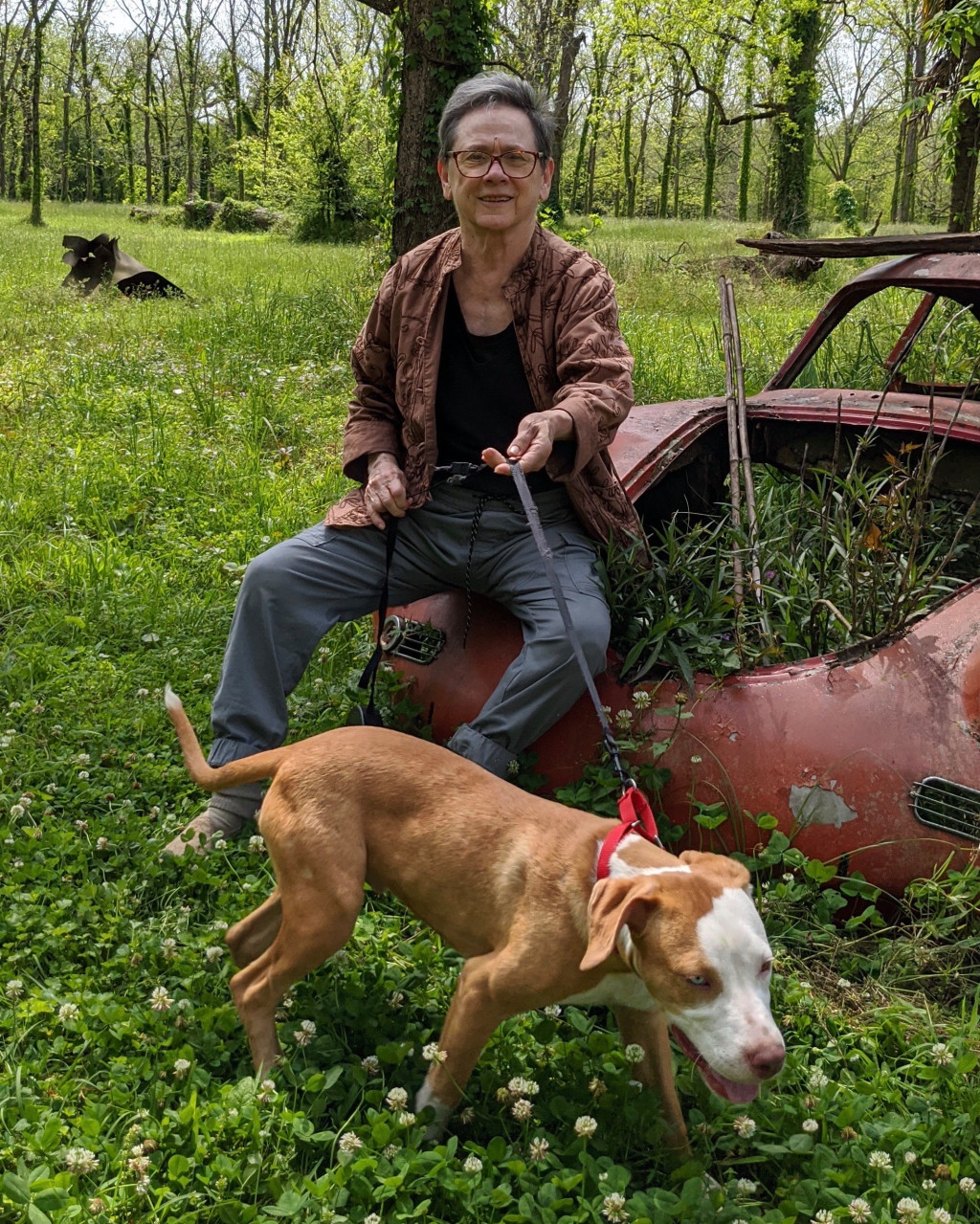[ad_1]
Tina Girouard, a key figure of the New York art scene of the 1970s, has died at the age of 73. A representative for Los Angeles’s Anat Ebgi gallery, which shows Girouard’s work, said the artist died of a stroke.
Girouard was well-connected in SoHo, which in the ’70s was pushing art in new—and weird—directions that placed an special emphasis on time-based gestures and lofty conceptual gambits. Alongside her art stretching across multiple mediums and movements, she helped nurture the New York art community by supporting various significant alternative art spaces.
Among them was the gallery 112 Greene Street, which she founded in 1970 along with a group of artists including Gordon Matta-Clark and Suzanne Harris. Because the gallery was artist-run (the space it occupied was owned by sculptor Jeffrey Lew), artists were given greater license to enact boundary-pushing artworks that, to the casual onlooker, may not have even been perceived as art at all. For one show at the gallery, Alice Aycock hauled in pounds and pounds of sand. For another, Vito Acconci enclosed himself in the space with a rooster that escaped—with Girouard enlisted to go catch the animal.

©2019 Tina Girouard/Artists Rights Society (ARS), New York/Courtesy the artist and Anat Ebgi
The anti-commercial spirit of the art staged at 112 Greene Street paralleled Girouard’s artistic sensibility. Among her early pieces was Swept House (1969), a performance staged under the Brooklyn Bridge as part of curator Alanna Heiss’s outdoor exhibition “The Brooklyn Bridge Event.” For it, the artist used a broom to push around dust, ultimately shaping it loosely into the form of a domicile’s floor plan. Another later work, 1977’s Pinwheel, involved four performers arranging themselves along a structure divided into quadrants, with each actor symbolizing animals, vegetables, minerals, and other entities. Throughout the piece, which was restaged last year at Art Basel Miami Beach through Anat Ebgi and the Kitchen, the performers enact bizarre rituals.
Girouard’s most well-known work was a collaborative one that has lived on in SoHo lore. In 1971, with Matta-Clark and Carol Goodden, she opened FOOD, a short-lived restaurant in SoHo. The eatery was designed as a living, breathing conceptual artwork, and it was forward-thinking. As noted in an ARTnews survey of “Masterful Uses of Food in Art,” the menu offered sushi at a time when it couldn’t easily be found in New York. “Pretty much the whole art community was coming in there at one point,” Girouard told the New York Times in 2007.

Courtesy the artist and Anat Ebgi
Girouard is also well-known for her involvement in Pattern & Decoration, a movement that relied on the use of “low” materials associated with femininity, such as fabrics and beads, as a riposte to the male-dominated Minimalism of the era. Her work is currently included in “With Pleasure: Pattern and Decoration in American Art 1972–1985,” a survey of the movement on view at the Museum of Contemporary Art Los Angeles.
Born in 1946 in DeQuincy, Louisiana, Girouad frequently focused in her art on Francophone cultures, and she even worked in Port-au-Prince after having traveled to Haiti during the ’80s. During the ’90s, she integrated herself into the local community and wrote a book on the use of sequins in Haitian art. With artists there, she also crafted sequined works of her own that pay homage to vodou flags honoring spirits known as lwa. “Something within us all is unknowable and unchangeable,” she once wrote, adding, “Life and death form a whole as we flow along our mystical voyage—a delicate, solo dance.”
[ad_2]
Source link

